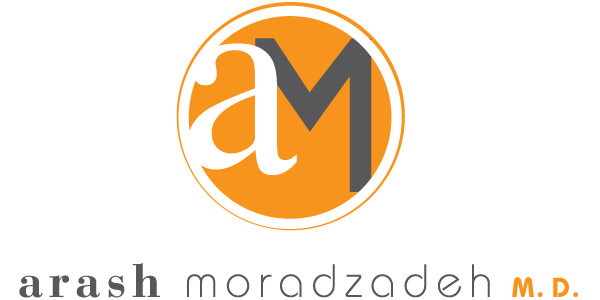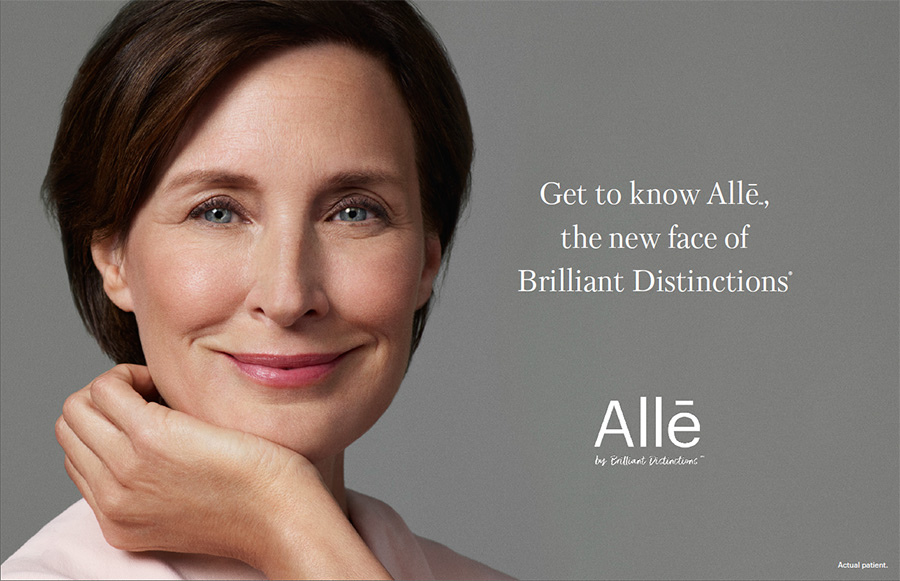Serving Beverly Hills, Los Angeles, Santa Barbara and surrounding areas
The appearance of your face is determined by three basic components: the skin, the soft tissues and the underlying facial bones. If the structure of your face is disproportionate — if the chin is recessed, the jaw undefined or the cheeks flat, facial implants could be an excellent option for you. They are a safe, relatively low-cost and minimal risk cosmetic surgical procedure.
Many implants are available, manufactured from a variety of non-toxic materials. Some materials are porous; while others are solid. Most implants are made of silicone (solid, not gel) or Gore-Tex (expanded polytetrafluoroethylene-ePTFE). They have a small pore size and are well tolerated by the body.
Facial implants can bring balance and better proportion to the structural appearance of your face — creating more distinct features and giving your face greater definition. Although any area of your face can be augmented with facial implants, they are most commonly used for the cheek, chin and jaw.
Several varieties of cheek implants are available. The most common type is designed to enhance the projection of the highest point of the cheek or malar bones.
Also available are cheek implants that add volume to a sunken or hollow cheek by placement in the submalar area or the hollow below the cheekbone. There are also extended cheek implants that add volume in the under eye area, by filling in the tear trough. In addition to cheek implants, separate orbital rim and tear trough implants can be used.
Chin implants increase the size and projection of a chin that does not project in proportion to the forehead and mid-face. For example, a small or recessed chin may seem to disappear into the neck of an individual of normal weight, rather than appear as a distinct facial feature. Or some people tend to have a defined heavy neck, which can also be addressed with an implant procedure. In addition, many times patients think their nose looks too big, when in fact, once the chin is perfected, the nose will appear to be a perfect size.
Several varieties of extended chin implants are designed to fill in the groove or sulcus that forms at the jowl area of the jaw line. These are called pre-jowl sulcus implants and can be used separately or in combination with a chin implant. Jaw implants can increase the width of the lower third of your face. Much like the chin, a weak jaw is not well defined and distinct from the neck, or it may slope rather than angle from the ear to the chin.
Understanding the Procedure
Most implants are anchored with either permanent sutures or screws. Once the implant heals into the surrounding pocket that forms, it rarely moves, unless it is dislodged by trauma. The type and location of the implant will determine the choice of anchoring style. More often, a suture will be used to hold the implant in place for six weeks or the time it takes a surrounding pocket to form.
This surgery can be done with a local anesthetic or under general anesthesia.
Cheek implant – The implant is put in place through the mouth with no visible scars. The surgeon creates a pocket for the implant to fit into, and then inserts the implant through the incision. The procedure takes about an hour.
Chin implant – The surgeon makes a small incision under the chin or inside the lower lip. The chin implant is then inserted and secured in place either by slipping the implant into a pocket or attaching it to bone or soft tissue. The procedure takes from 30 minutes to an hour — and results are evident almost immediately.
What To Expect Afterwards
Lower jaw implant – After the surgery, the jaw will continue to swell for up to 48 hours, and there may be a low level of swelling for some time. This is normal. It may also be difficult to move your mouth for about seven days, but movement will steadily improve. Your jaw may also be black and blue and may have some bruising. You will be instructed to limit activity and restrict yourself to a soft diet. The stitches will dissolve in about seven days.
Cheek implant – You may experience some swelling and mild soreness in the cheek area after the surgery. Your cheeks may also feel tight due to the increased volume. Pain medication can help ease the pain. Dr. Moradzadeh will advise you on how and when to resume your normal activities, including eating solid food.
Chin implant – Following the surgery, you may feel some soreness, tightness or swelling in the lower face. Dr. Moradzadeh will advise you on what activities to restrict and any other precautions to take.
Is a Facial Implant Right for You?
The best candidates for facial implants are individuals whose skin has loosened around the face, and the surrounding skin has retained enough elasticity to be repositioned successfully. If you are physically healthy, do not smoke, and have a positive outlook and realistic goals about what you want the implant surgery to accomplish, this type of procedure may be a good option for you. Dr. Moradzadeh will be able to advise you.
Other Considerations
Facial implant surgery is one of the many cosmetic-surgery remedies to improve faces affected by aging or genetic issues. Temporary, less invasive alternatives include micro-fat injections, Radiesse, stem cell facelifts and Juvederm injections.
Facial implants can be incorporated with other plastic surgery procedures. For example, an implant is often used to enhance the results of a facelift or rhinoplasty. Talk to Dr. Moradzadeh about developing a customized combined treatment plan to optimize your results.


